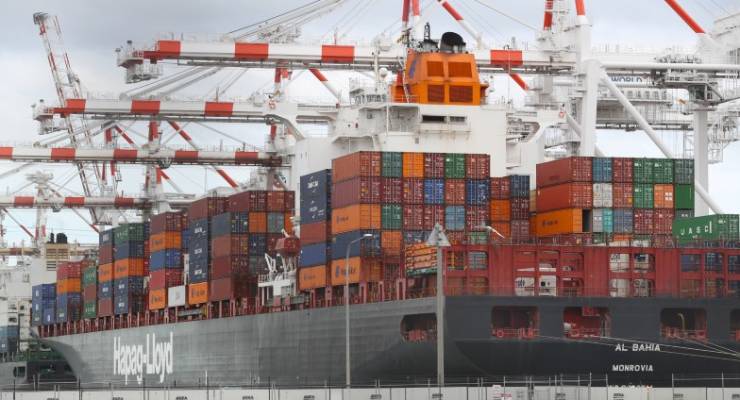
You’ll recall our distinguished captains of industry and business leaders recently claiming that a company tax cut was urgently needed in order to shore up investment in Australia, because otherwise capital would flee to countries which valued business more than we do.
With the government having given up its plan to hand a tax windfall to big business, the extent of that capital flight is now becoming clear, with September quarter investment data from the ABS this week revealing… um, well, an 11.3% rise in expected spending, the strongest increase in 19 years.
That’s despite a dip in the quarter when actual investment eased 0.5% to $29.5 billion — a fall partly due to the previous June quarter being revised sharply upward (a fall of 0.9% from the first reported 2.5% drop). The latest estimate for expected investment this financial year (the ABS obtains multiple estimates ahead of and during each year, and the figures normally increase each estimate to converge with the final actual level) came in at $114.1 billion, 11.3% higher than the previous estimate, and above most analysts’ expectations of around $104 billion to $112 billion. It was also 4% above the same estimate for the 2017-18 financial year.
A standout was the solid rise in manufacturing and power utilities investment, up no less than 75% in the year, compared to the previous 12 months, driven by a boom in the renewables sector. Investment in services industries hit a record high of $70.9 billion, up 13.9%. The expected 2018-19 spending for Australia’s non-mining sectors also rose to $80.7 billion, up more than 6% on a year ago — services were the major reason for the rise. Expected investment by manufacturers was revised up to $9.72 billion, 13.2% higher than in the June quarter and 7.4% from the fourth estimate offered for the 2017-18 financial year.
Partially offsetting the improvement in non-mining industries, expected investment among mining companies continued to fall, coming in at $33.36 billion, down 1.1% from the fourth estimate offered in the prior financial year. But the new $3.5 billion Rio Tinto iron ore mine in WA (announced on Thursday) will push that figure higher. That’s the latest of three new iron ore mines in the state this year, at a total cost more than $8 billion. The WA lithium investment boom is probably around the same amount, from exploration to new mines and developments.
In fact, investment in WA mining is so positive that the mining multinationals are already complaining about labour costs again. They are echoing the last mining boom, when companies furiously competed against each other to obtain the services of engineers, miners, builders, maritime workers and drivers and then demanded the government intervene to stop workers using the high demand to ask for higher wages. “Rising labour costs from the resurgent West Australian mining and resources sector have played a part in adding US$400 million ($547 million) to the price tag for Rio Tinto’s new high-tech iron ore mine in the state’s Pilbara region,” the Australian Financial Review reported this morning.
Hmmm, let’s do a fact-check on that. The most recent September quarter Wage Price Index figures give us the state of wages growth and a breakdown by industry. How is Western Australia placed? Well, that would be last. “Western Australia recorded the lowest quarterly rise of 0.6%,” according to the ABS, alongside the lowest annual rise of 1.6%. That’s well below inflation — WA workers went backwards in real wage terms.
But maybe it’s just in mining? Problem is, mining is one of the weakest private wage growth sectors nationally, with just 0.6% growth in the September quarter. Or, because these new projects are at an early stage, maybe the pressure is coming in construction instead? Oh, wait, that’s even worse — construction is the second weakest sector after finance for wages growth, with just 0.5% growth in the September quarter (bloody militant CFMMEU!).
The complaints of Rio Tinto demonstrate just how utterly out of touch big business is in Australia, that wages growth at CPI levels is apparently a cause for concern about rising labour costs. Get ready for demands to rein in out-of-control unions and bring back Workchoices because Australia is such a “high cost place to do business.”









Well done! Need we say any more? These mining multinationals, which we work so hard to “invite” (in case they go elsewhere with their investment and business – but they can’t because the stuff is in the ground over here isn’t it? Funny how no one seems to get that). It’s time they paid much more for what they are taking away and cannot be replaced.
I have often pointed out that the big miners should be dared to take their holes somewhere else every time they whinge about paying tax.